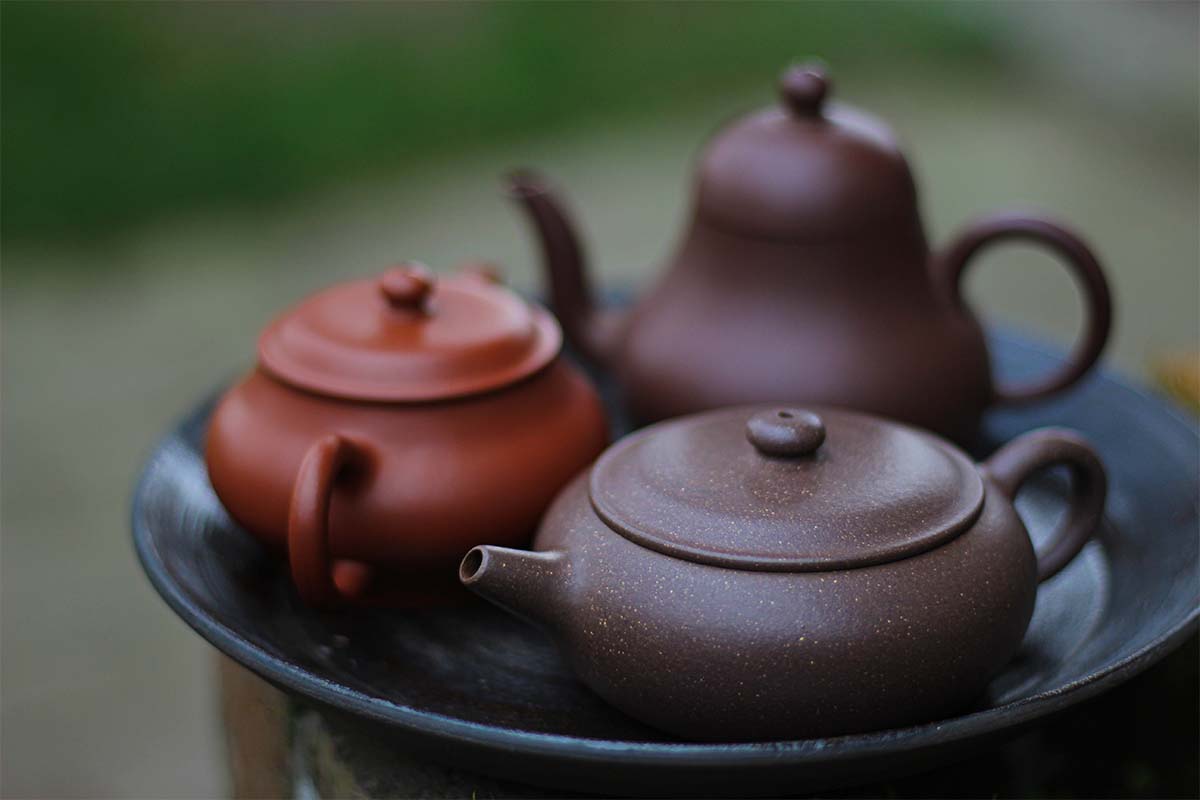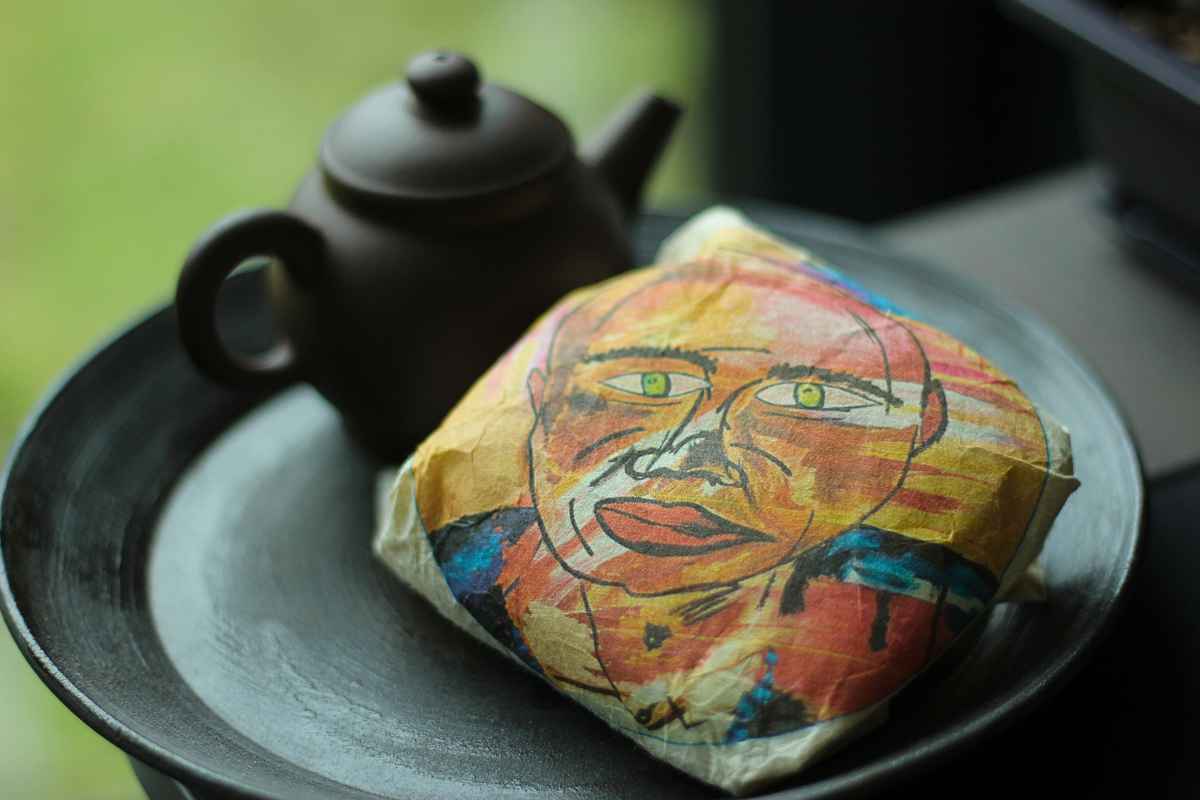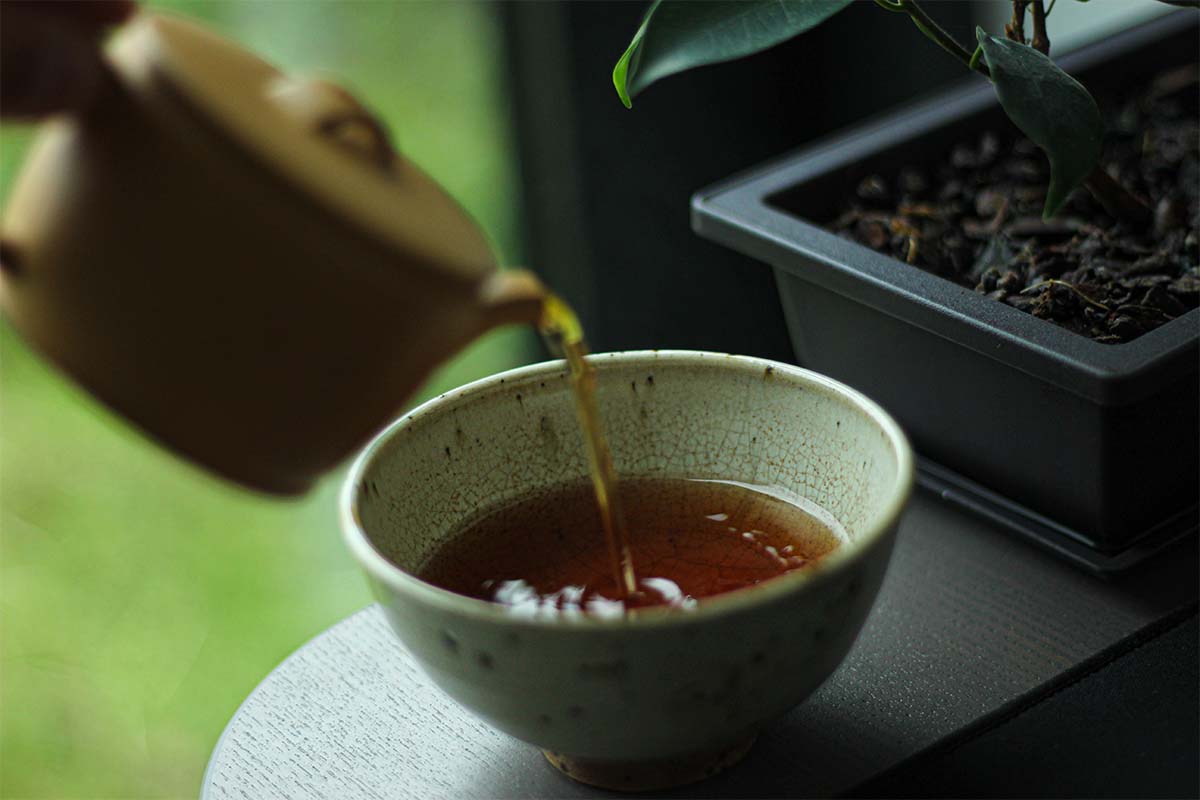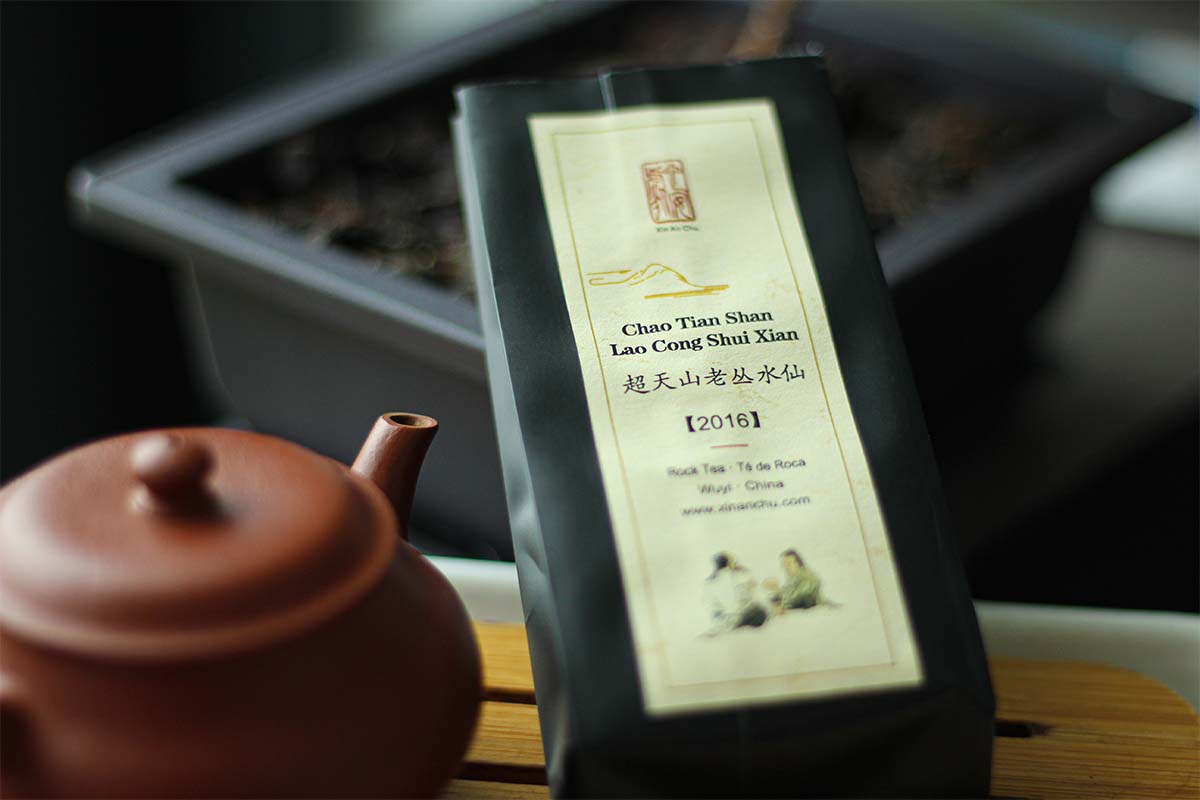Yixing teapots are famous for various reasons but these teapots are not the only type of clay teaware. Nixing teapots are a lot less popular but they are also used to brew tea. There are several differences between these two types of teapots and this article discusses the main differences.
The main difference between Nixing teapots and Yixing teapots is that Nixing teapots have smaller pores. There is less absorption so Nixing teapots are less muting. They also have lower heat retention than zini and duanni teapots so they work better with delicate teas.
Yixing teapot
Yixing teapots are clay teapots from a town called Yixing in China’s Jiangsu province. Another name for these teapots is zisha teapots because they are made from zisha clay. In English, we used the term ‘purple clay’ to talk about this type of clay.
Zisha teapots have been associated with tea for centuries because of their special tea brewing properties. The clay from which the teapots are made is porous, which means that over time, the clay absorbs tea oils and this affects subsequent brews.
It’s recommended to have a specific zisha teapot for each type of tea because of the way the teapot affects the tea you’re brewing.
What is Yixing clay
In general, there are three main types of Yixing clay: zini, hongni, and duanni clay. These names are umbrella terms for a wide variety of clays, but they all share some characteristics within one type.



The types of Yixing clay are all examples of purple clay. Zisha means purple clay in English and is used as a general name to talk about all types of clay from Yixing, but it’s also a specific type of Yixing clay called zini.
Where does Yixing clay come from
Originally, all Yixing clay came from Yellow Dragon mountain and Blue-green Dragon mountain. However, these mines were closed due to excessive mining. The government wanted to protect and preserve the ore that is still there by closing and limiting the amount of clay that is mined.
Nowadays, there are other locations where they mine Yixing clay to process into teapots. In some cases, aged clay is used to make teapots as well. This means that the clay was mined 10, 20, or even 40 years ago and that it has been stored in a warehouse since then.
The older the clay is, the more expensive it gets because there isn’t that much available anymore.
Brewing tea in Yixing teaware
Zisha teapots have been used to brew tea for centuries because the minerals in the clay affect the brew and the clay has good heat retention properties. There is a reason that people have used these teapots for centuries.
However, it’s important to find the right tea to pair with your teapot. Each teapot is different and each tea requires different brewing parameters. That is why it’s important to listen and observe the tea you’re brewing to see how it likes to be brewed.
In general, shu puerh works well with duanni teapots because duanni has good heat retention and it absorbs some of the harsher flavors.
Hongni (or red clay) has characteristics similar to porcelain so it’s less porous than zini and duanni clay. That is why hongni teapots work well with yancha, young sheng, and other teas that have some high notes.
Zini teapots are good all-rounds teapots so it’s best to experiment to see what you like the most. Dry stored sheng puerh works well in a zini teapot, but yancha or oolong tea might also be a good idea.
Nixing teapot
Nixing teapots are teapots made from Nixing clay. This type of teaware is one of the main types of clay teaware from China (like Yixing and Jianshui teaware). Nixing teaware is seen as a form of art and has a history of over 1000 years!
Nixing pottery has been used in China for centuries, but not really for drinking and brewing tea. It’s only recently that this type of teaware started being used for brewing tea. Before that, Nixing pottery was used in the kitchen for food and drinks other than tea.
What is Nixing clay
Nixing clay is another type of clay from China. Similar to Yixing teapots, Nixing clay is also porous so it affects the tea you’re brewing. However, it’s not the same porosity you have in zini and duanni clay.
Where does Nixing clay come from
Nixing clay comes from China’s Guangxi Province. The process of preparing the clay before it’s ready to be made into teapots is different from most other clay teaware.
Nixing clay is a mixture of two different varieties of clay from Qinzhou. They collect clay from the East and West banks of the Qingjiang River in Qinzhou. Clay from the East bank is kept wet and stored in a sealed container. Clay from the West bank is left outside to withstand all kinds of weather conditions.
After around half a year, the clay should be hard and is then ground into powder and mixed with clay from the East bank. When this is done, the clay is ready to be made into pots.
Brewing tea in Nixing teaware
Nixing teapots are suitable for all kinds of tea because they are rather versatile. They have lower heat retention and are less porous than zini and duanni teapots so they work well with delicate teas. As always, experimentation is key!
Difference between Nixing and Yixing teapots
Both Nixing and Yixing teapots are porous, but there are some differences. Yixing teapots have bigger pores, which means that there is more absorption. The smaller pores in Nixing teapots don’t absorb as much of the tea, but they affect the heat retention of the teapot.

Nixing teapots allow for better air circulation in the pot so the heat retention is lower than in zini and duanni teapots. This means that the temperature in Nixing teapots drops quicker and that Nixing teapots are more suitable for lighter and more delicate teas, which is similar to zhuni teapots.
Another difference is that Nixing teapots are more suitable for carvings in the body of the teapot. The clay is smooth so it’s relatively easy to make carvings in it. If you’ve seen a nixing teapot, you know that some of them are real works of art because of the beautiful carvings.




